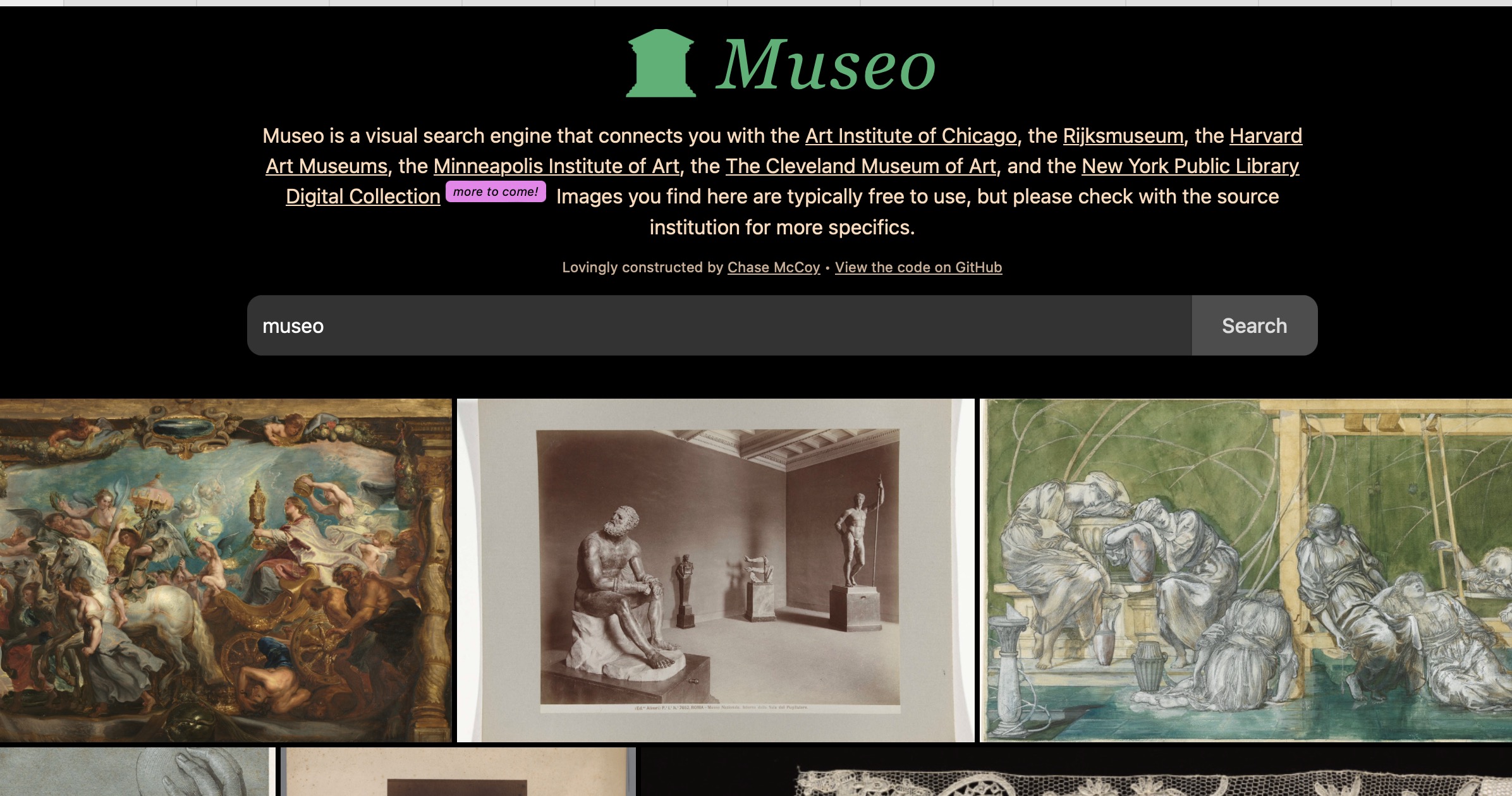Museo

Edward Burne-Jones: The Garden Court (1870–75)
" This work continues in earnestness and love."
Their structure has changed in the six years and counting since I began writing these story series. Early postings featured inconsistent format from story to story, though all have remained about the same size, approximately seven hundred words, give or take. Each has featured an image, one which I used to help me focus, for I always, always, always seek an image first before I start writing a story. The image allows me to envision what I'm doing and serves as my companion as I create. I often find myself taken by an image, its creator's story, or both. You might have noticed that sometimes I've employed a series of pieces by the same artist over a week or ten days because I was just so taken by that artist's work, Matsubara Naoko a great example.
Finding that art has become easier over time. Even though I've now used a couple of thousand images and have sworn not to use any image more than once, I've gained better access than I had at first. I search what's referred to as a Perfect Market. The number of target images will never be meaningfully reduced when I use one, so my source seems functionally infinite. It wasn't until my third year of stories, my twelfth series, that I began consistently utilizing my greatest visual resource: open-source classic art. Before, I'd grab whatever I could stumble upon using the story's title as an image search argument, but afterward, I explicitly searched for "Open Source Classic Art" (OSCA). I fiddled with the search phrase until I produced consistently voluminous results. I'd usually get a couple of hundred hits when combining my OSCA phrase with the proposed title of the story. An image search yielded plenty. I just needed to choose which image to employ, though the sources would only sometimes comply with my request. Some sources wanted payment for a download, and others might have well demanded the same, as complicated as they made it to snag anything from their collection. I could invest a half hour or more securing an image before I ever set about creating a story.
Enter Museo:

Then I happened upon Museo, an app lovingly created by Chase McCoy. Museo serves as a special-purpose search engine. It searches some of the finest museums in the world based on search arguments the user provides. The above illustration shows the results of feeding Museo its own dog food. I used Museo as the search argument to produce the selection shown. Scores of images resulted from which I selected the third one presented, Edward Burne-Jones: The Garden Court (1870–75), to grace this posting. The museum's explanation of the image reports that the artist intended this image to illustrate a part of the Sleeping Beauty story. I thought that metaphor might prove fitting for this story. I turned the artist's name and the image title in the caption into links, which take the user to the artist's biography and the image's source museum page, respectively. This way, everybody gets credit. The bio and source information often serves as the more interesting parts of the posting, far surpassing the story's content.
Museo revolutionized my story-writing process. It's helped me produce more consistently-formatted content, the importance of which I hadn't understood until I wanted to compile a series into something resembling a manuscript. Odd little variations make assembling a nightmare. Consistency, the hobgoblin of weaker minds, sometimes preserves an author's sanity.
Occasionally, Museo will break down. The root cause has always been one of the linked museums changing its Applications Programming Interface. Late last month, the New York Public Library System changed its API and silenced Museo for a week. This threw me back to my old OSCA days and left me grumpy. I sent Chase a note, and a few days later, he responded with an apology and a fix. Museo was a labor of love for him, not a source of income. It's a brilliant contribution, and in the spirit that I post and in which the Internet was created, it's not seeking profit, just a better world.
I happened upon Museo, and thinking about that, almost all of the serious improvements my story series have enjoyed came from similar conditions. I did not design the form my stories take so much as the stories seemed to design themselves, insisting upon little improvements until some stable form emerged. I expect further transformations in the future. Those transformations will not likely occur from deliberate design. I will stumble upon each improvement as I stumbled upon Museo. This current series, for instance, will be the first one featuring images sized for use on the web. Previously, in abject ignorance, I would post megabits in size images when most would find no difference had they been around 100K instead. In the future, I will figure out how to undo that oversight and regain most of my hard drive. This work continues in earnestness and love.
©2023 by David A. Schmaltz - all rights reserved


